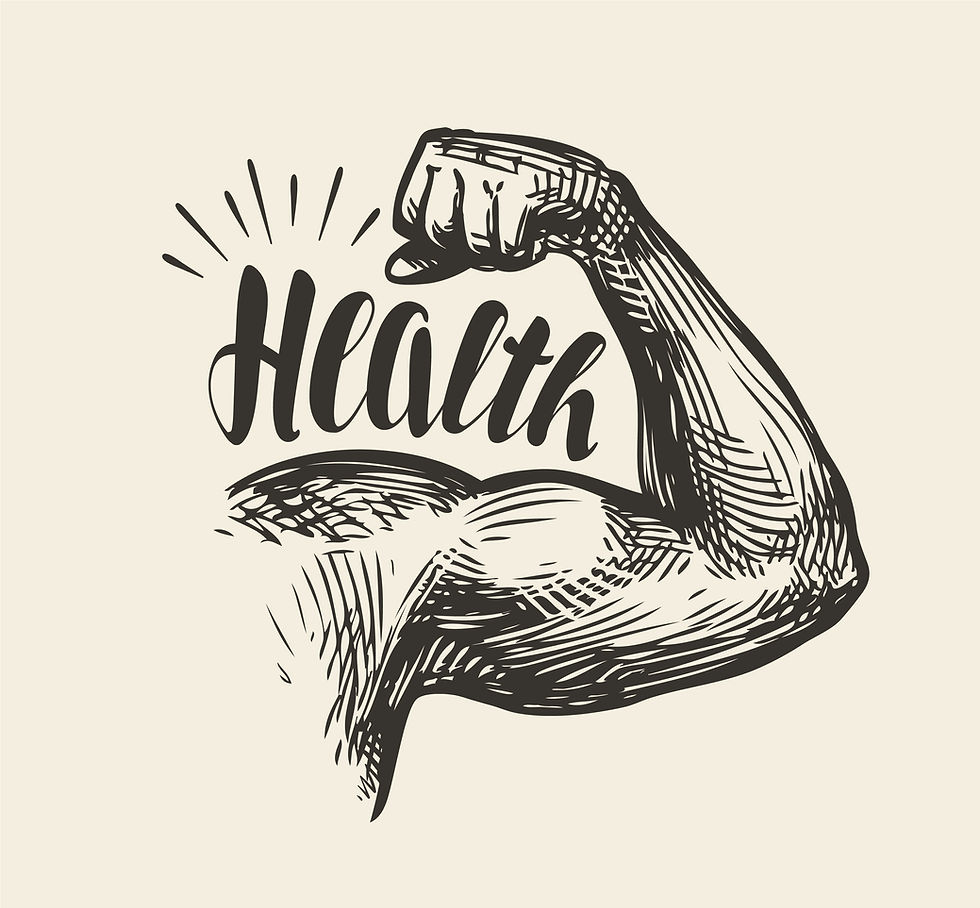How Muscle Imbalances Can Lead to Pain and Injury
- maria62090
- Jan 13, 2022
- 2 min read

A muscle imbalance is simply when one muscle or muscle group is stronger than another. For example, your right arm may be stronger than your left, or your biceps are stronger than your triceps. It’s typically not much of a problem; we’re rather asymmetrical beings in general anyway, but muscle imbalances in some areas can play a role in creating problems within the body leading to injuries and pain.
One problem that can occur is that your weaker muscles tire out before the stronger muscles. If those weaker muscles tire out during a workout or strenuous activity, the stronger muscles will work even harder to pick up the slack. This can put undue stress on them, causing overuse and resulting in injuries and pain.
For example, the quads and hamstrings are a common source of imbalance in people. The quads lie on the front of the thigh and the hamstrings on the back. When the quads become much stronger than the hamstrings, the most common imbalance of these two, this puts you at a much higher risk of knee injuries, like an ACL tear.
When we speak of balance, it’s not necessarily that each muscle or muscle group needs to be able to handle the exact same load weight, but rather handle them at the proper ratio. Some muscles are meant to be stronger than others, and that’s what truly creates the intricate balance of the body. Like in the example above with quads and hamstrings, the quads are supposed to be stronger than the hamstrings, but the ratio should be about 4:3, so for every 4 pounds the quads can lift, the hamstrings can lift 3.
You don’t have to know and workout like crazy to get the perfect ratio for every single muscle group and pairing of the body to keep balanced. Simply working in all motions and being aware of your body can give you a clear indication when something is off. Sticking with the quad/hamstring example, if you’ve torn your hamstring a time or two, that might be a good indication that you’ve got an imbalance and should strengthen your hamstrings more. It would also be a good idea to ensure that when you’re working out, you’re not just sticking with forward and backward movements, but rather moving in all directions with every joint; ensuring that you’re strengthening in all planes. Move forward, backward, out to the side and toward the middle, rotate in toward the body and away from it.
While muscle imbalances are common, and depending on your daily activities, may be unavoidable, taking the time to bring your awareness to how your body is feeling and operating can clearly show you where you might need to alter your movements to bring balance back.



Comments